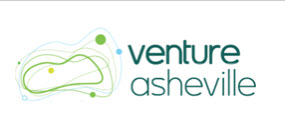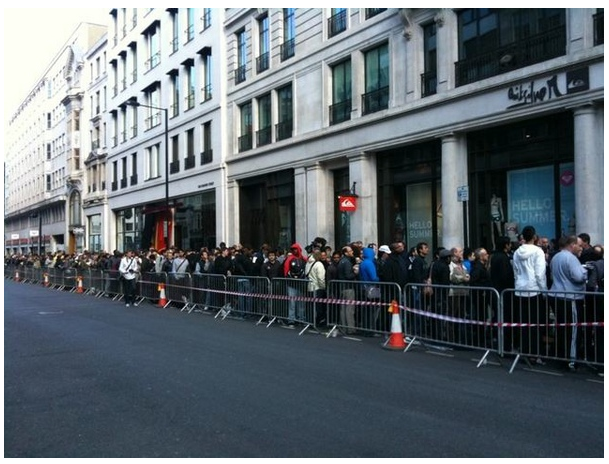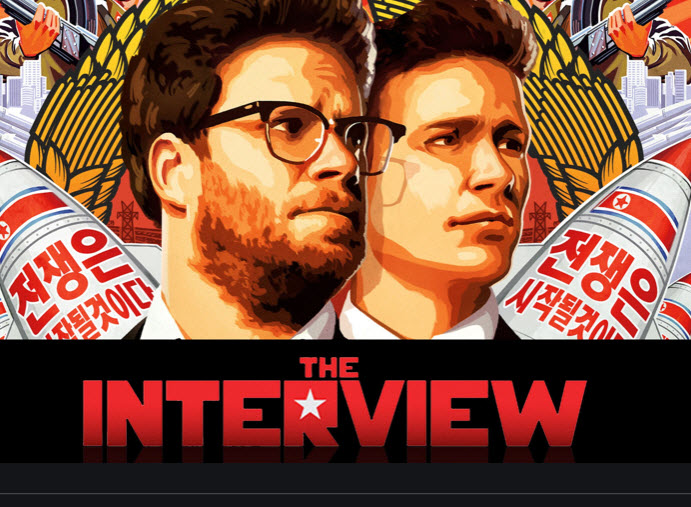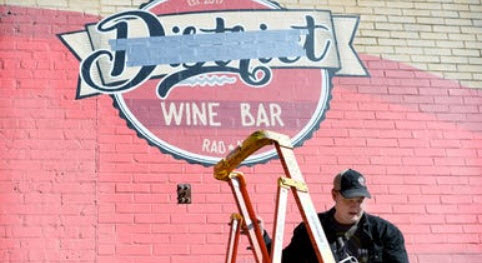What, Why, How. The pitch boil down for startups.
 I’m involved with a group called Venture Asheville, comprising a number of local startups seeking help with strategy in preparation for funding. I attended a pre-pitch event earlier this week to prep a handful of young companies for an actual pitch to investors later in the week. Each pitch was 7 minutes. Everyone did a really good job but I noticed a varying degree of understanding about composition of the pitches. As someone in the boil-down business, here is a format I would recommend to all startups doing standup and asking for money.
I’m involved with a group called Venture Asheville, comprising a number of local startups seeking help with strategy in preparation for funding. I attended a pre-pitch event earlier this week to prep a handful of young companies for an actual pitch to investors later in the week. Each pitch was 7 minutes. Everyone did a really good job but I noticed a varying degree of understanding about composition of the pitches. As someone in the boil-down business, here is a format I would recommend to all startups doing standup and asking for money.
What. What is the company? Readers of What’s The Idea? know I am a sticker for the Is-Does. Explaining what a brand IS and what a brand DOES. If you can’t easily explain what your company is, the money spigot isn’t likely to flow. You’d be surprised how hard it is for some young entrepreneurs to name their children. And when I say name, I mean figure out what business they’re in. (The iPhone was first and foremost a phone…but tons more.)
Why. Why are you in business? What is it about the market you’re addressing that suggests your success? Is it a new way to do something? A better way to do something. And why?
How? Number three in this serial explanation is how are you going to do it? How will you to build? How does the market organize? How will you invest your funds. This can take one into tangent land, but don’t bite.
Please don’t tell me about your passion. Or your intentional business model. Just explain in a clear, concise way what you are doing, why and how.
To misquote David Byrne of the Talking Heads “This ain’t no disco, this ain’t no elevator speech, this ain’t no foolin’ around.”
Great job by Venture Asheville and cohorts. And best of luck to the pitching companies — all of which hit their marks with only a little bit of chaff.
Peace.








